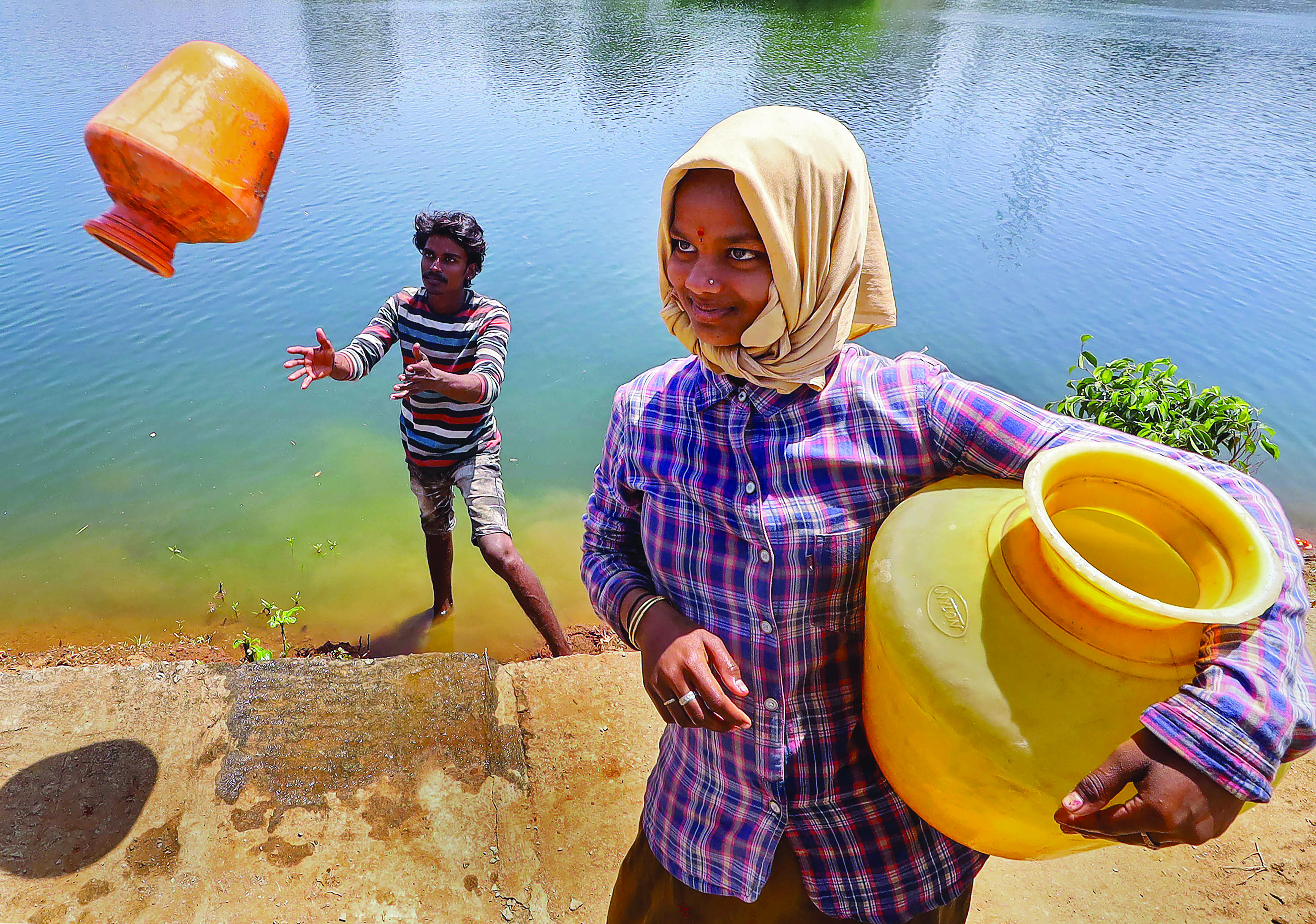‘High nitrate levels in groundwater threaten public health in 440 districts’

New Delhi: The Central Ground Water Board’s Annual Groundwater Quality Report 2024 has revealed widespread nitrate contamination in country’s groundwater, with 440 districts affected and 20 per cent of samples exceeding safe limits for drinking water.
The comprehensive study, which analysed samples from 15,259 monitoring locations nationwide, found nitrate levels surpassing the World Health Organisation and Bureau of Indian Standards threshold of 45 milligrams per litre in several states. Rajasthan, Karnataka, and Tamil Nadu emerged as the most affected regions, with over 40 per cent of samples showing dangerous contamination levels.
Maharashtra (35.74 per cent), Telangana (27.48 per cent), Andhra Pradesh (23.5 per cent), and Madhya Pradesh (22.58 per cent) also reported significant contamination. However, northeastern states including Arunachal Pradesh, Assam, Meghalaya, Mizoram, and Nagaland, along with Goa, showed samples within safe limits.
Fifteen districts have been identified as critical zones for nitrate contamination, including multiple districts in Maharashtra (Wardha, Buldhana, Amravati, Nanded, Beed, Jalgaon, and Yavatmal), Rajasthan (Barmer and Jodhpur), and Telangana (Rangareddy, Adilabad and Siddipet). Villupuram in Tamil Nadu, Palnadu in Andhra Pradesh, and Bathinda in Punjab complete the list of most affected areas. The report attributes high nitrate levels to several factors: excessive irrigation pushing fertiliser-based nitrates deep into soil, poor management of livestock waste, and increased urbanisation leading to wastewater and sewage contamination. Particularly concerning is the trend of increasing contamination from 2017 to 2023 in states like Uttar Pradesh, Tamil Nadu, Andhra Pradesh, and Haryana.
Beyond nitrate contamination, the study revealed other serious groundwater quality issues. Fluoride contamination affected 9.04 per cent of samples, particularly in Rajasthan, Haryana, Karnataka, Andhra Pradesh, and Telangana. Arsenic contamination was found in 3.55 per cent of samples, primarily in the Ganga and Brahmaputra floodplains across West Bengal, Jharkhand, Bihar, Uttar Pradesh, Assam, and Manipur.
The report also highlighted concerning uranium contamination, with 42 per cent of high-concentration samples (exceeding 100 ppb) found in Rajasthan and 30 per cent in Punjab. These elevated uranium levels correlate strongly with over-exploited groundwater zones, suggesting a link between water table depletion and increased contamination.
High electrical conductivity values were reported across multiple states, including Rajasthan, Delhi, Gujarat, Haryana, Punjab, Telangana, Andhra Pradesh, and Karnataka, further indicating deteriorating groundwater quality.
The findings raise serious health concerns, as these contaminants can cause various ailments: nitrates can lead to blue baby syndrome in infants, fluoride exposure can cause fluorosis, arsenic contamination risks cancer and skin lesions, and uranium exposure may damage kidneys. The CGWB’s report underscores the urgent need for comprehensive groundwater management strategies and stricter regulation of agricultural practices and urban waste disposal to protect this vital resource.



